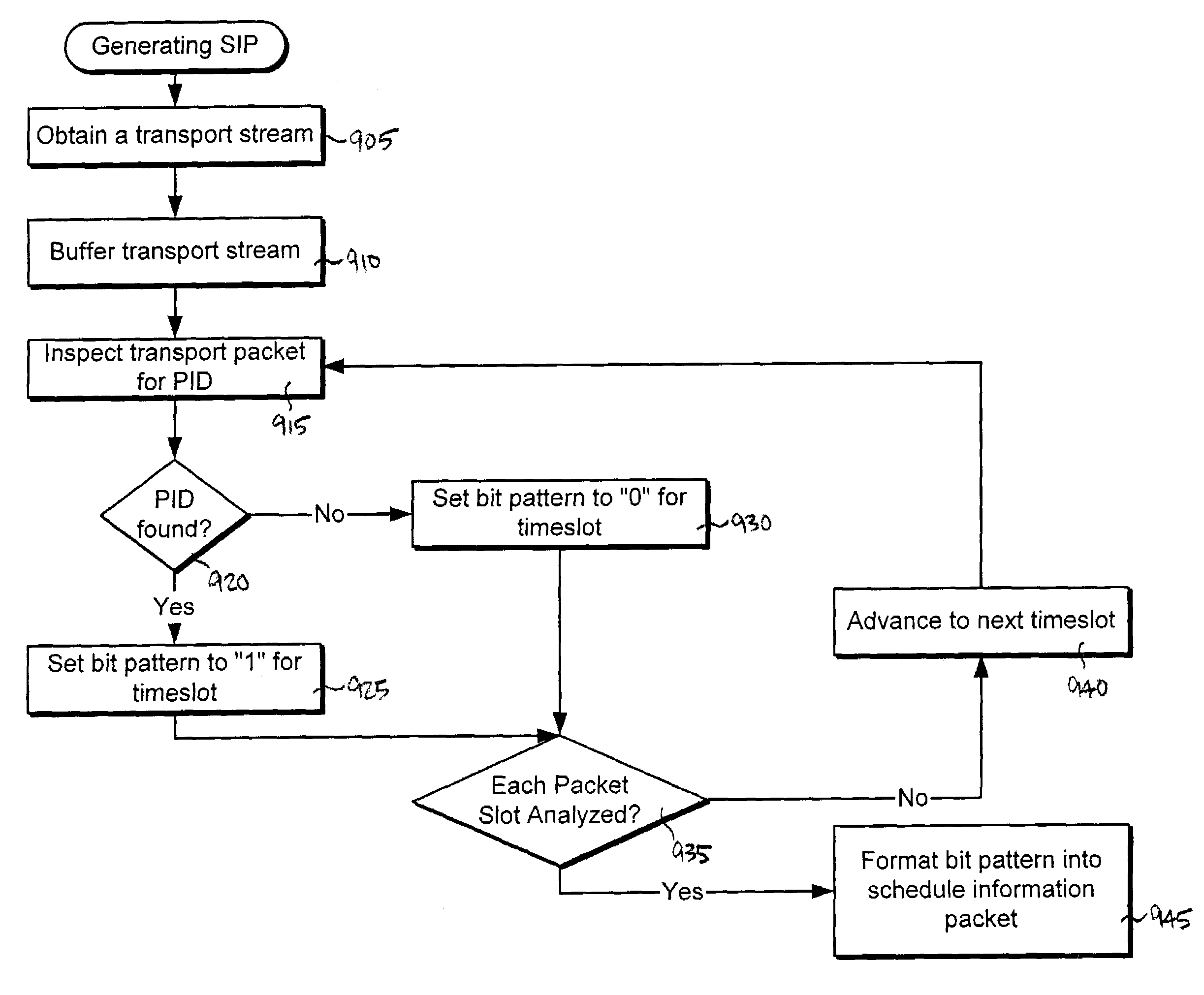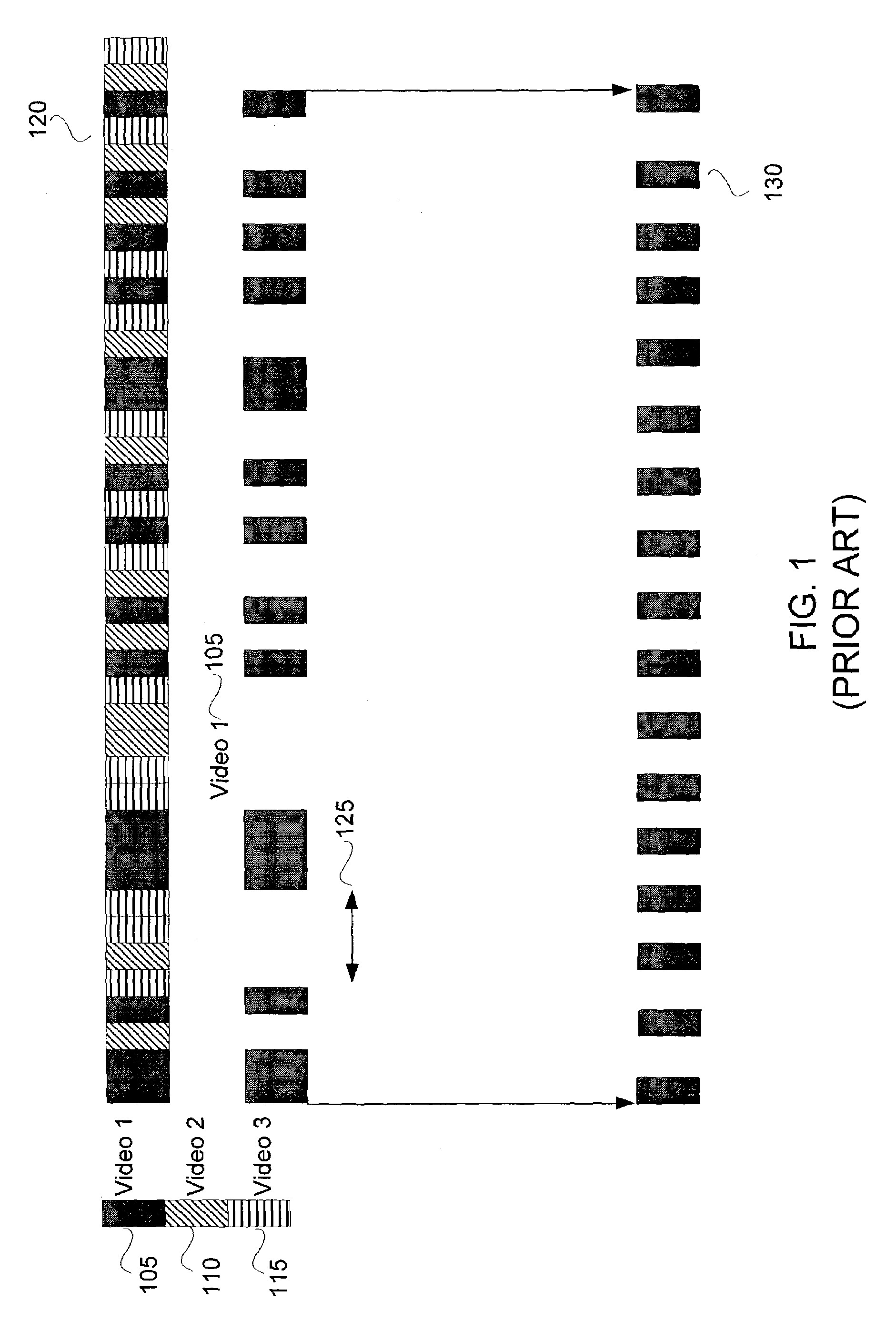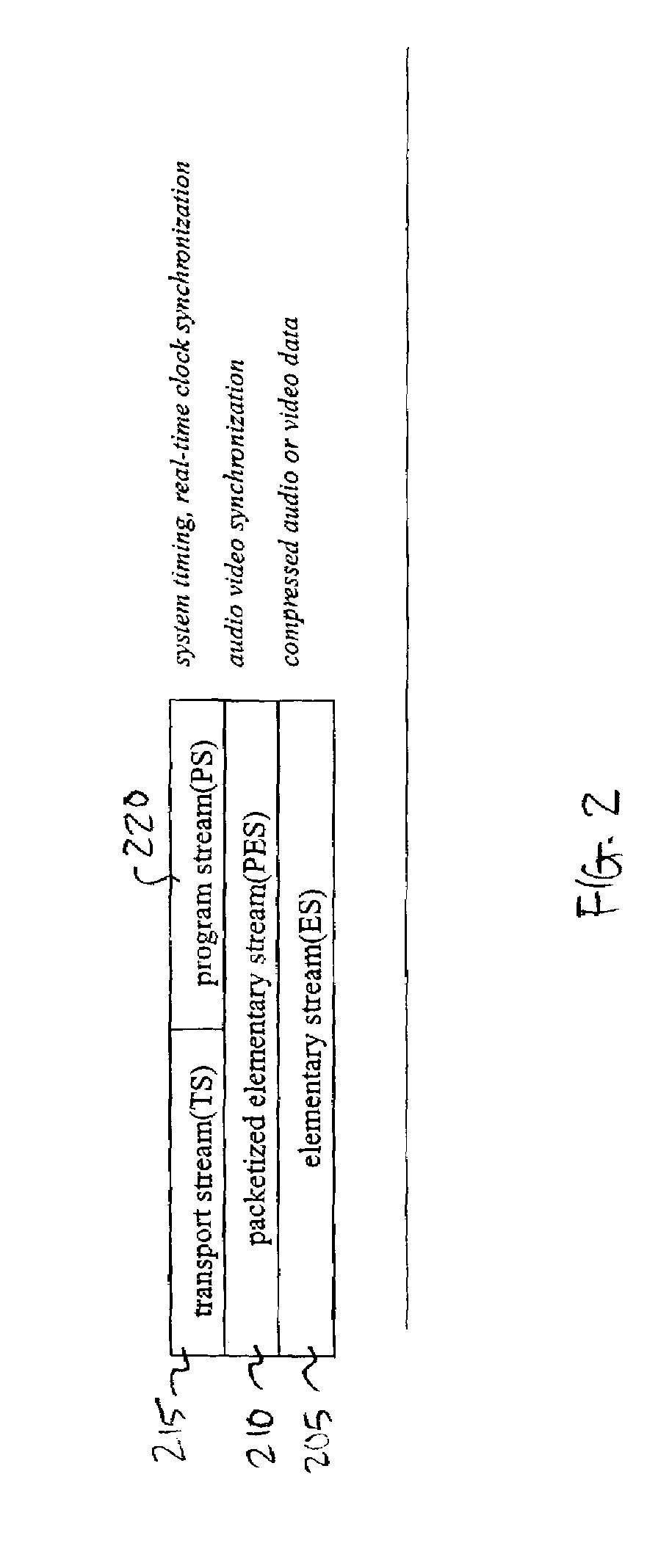Packet schedule timestamp for a compressed bitstream
a compressed bitstream and packet schedule technology, applied in the field of digital video systems, can solve the problems of large data buffering, dropped frames or corrupted data, and encoded video frames arriving at the decoder in non-uniform time intervals, and achieve the effect of high presentation quality
- Summary
- Abstract
- Description
- Claims
- Application Information
AI Technical Summary
Benefits of technology
Problems solved by technology
Method used
Image
Examples
Embodiment Construction
[0039]The present invention is now described more fully with reference to the accompanying figures, in which several embodiments of the invention are shown. The present invention may be embodied in many different forms and should not be construed as limited to the embodiments set forth herein. Rather these embodiments are provided so that this disclosure will be thorough and complete and will fully convey the invention to those skilled in the art. For example, although embodiments of the present invention are described herein in a MPEG-2 compressed video environment, one skilled in the art will appreciate that the principles of the present invention apply broadly to data storage and delivery systems using various packet structures. One skilled in the art will further appreciate that methods, apparatus, systems, data structures, and computer program products implement the features, functionalities, or modes of usage described herein. For example, an apparatus embodiment can perform t...
PUM
 Login to View More
Login to View More Abstract
Description
Claims
Application Information
 Login to View More
Login to View More - R&D
- Intellectual Property
- Life Sciences
- Materials
- Tech Scout
- Unparalleled Data Quality
- Higher Quality Content
- 60% Fewer Hallucinations
Browse by: Latest US Patents, China's latest patents, Technical Efficacy Thesaurus, Application Domain, Technology Topic, Popular Technical Reports.
© 2025 PatSnap. All rights reserved.Legal|Privacy policy|Modern Slavery Act Transparency Statement|Sitemap|About US| Contact US: help@patsnap.com



